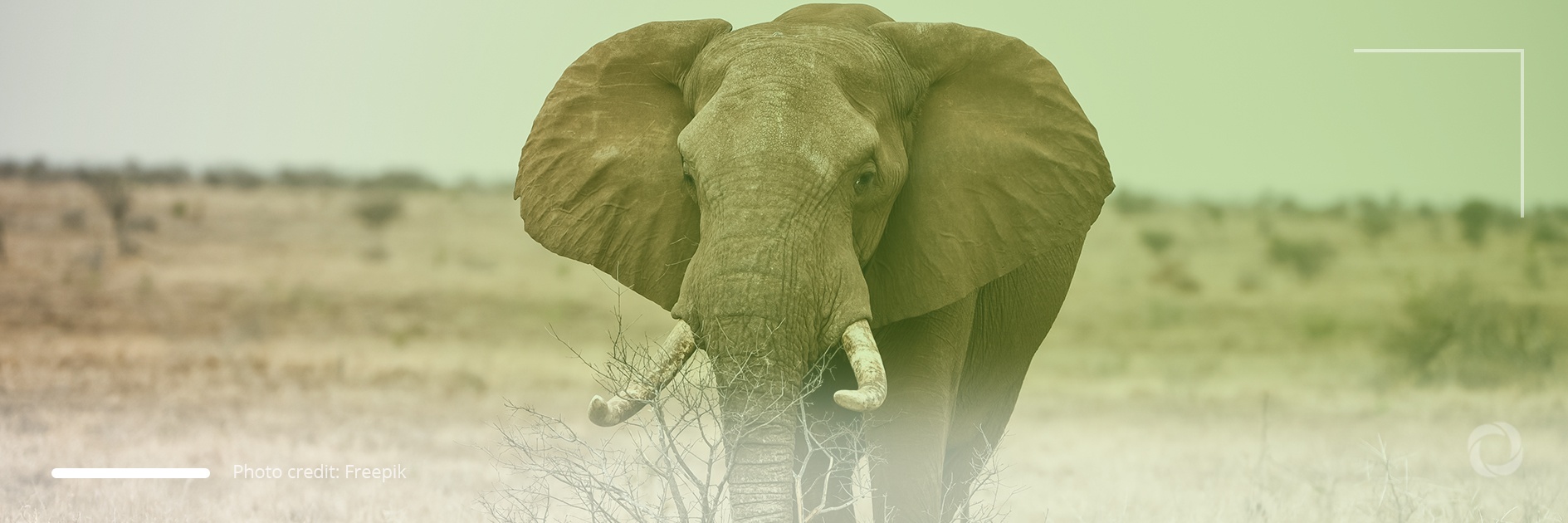According to scientists, the sixth mass fauna extinction on Earth has begun as many species are dying out at a frightening pace and this poses a serious environmental threat for human civilization.
Research published in the US scientific journal, Proceedings of the National Academy of Sciences of the United States of America, showed that the ongoing levels of extinction may be the most serious environmental threat faced by humanity, particularly because it is irreversible. The species loss leads to the degradation of ecosystems that the human race is dependent on. Scientists have also pointed out that the sixth mass extinction is being driven by human activity.
How many species are on the brink of extinction?
According to the scientists’ estimates, those species recognized as being on the brink of extinction have populations smaller than 1,000 individuals. They examined 29,400 species of terrestrial vertebrates and found that 515 of these are on the brink of extinction, i.e., 1.7% of the species studied. Researchers found that about 94% of the populations of 77 mammal and bird species which are on the brink have been lost only in the last 100 years.
Scientists estimated that the largest number of mammals on the brink of extinction inhabits Asia and Oceania and most birds inhabit South America and Oceania. The reptiles whose existence is at stake mostly inhabit North America and Asia and the amphibians are in the Americas.
The researchers pointed out that it is natural that some species become extinct and are replaced by others but not at the frightening pace that is currently being seen. Today, species are being lost at rates that are hundreds or thousands of times faster than the ‘normal’ rates that prevailed in the last tens of millions of years. While over 400 vertebrate species have died out in the last 100 years, this would have taken about 10,000 years in the normal course of evolution.
Why are species dying out so quickly?
Scientists have no doubt that the sixth mass extinction is being caused by human activity. Many species are on the brink of extinction as they have to compete for resources and space with humans and their domesticated animals which occupy some 30 times the living mass of all wild mammals. This competition for space began about 11,000 years ago when humans started to develop agriculture although then there were about 1 million people whereas now there are 7.7 billion with this number still increasing. Where human activity is more intense, species die out more rapidly. The rate of extinction has also been accelerated due to the significant increase in the interactions that humans now have with wild animals including hunting and eating them.

